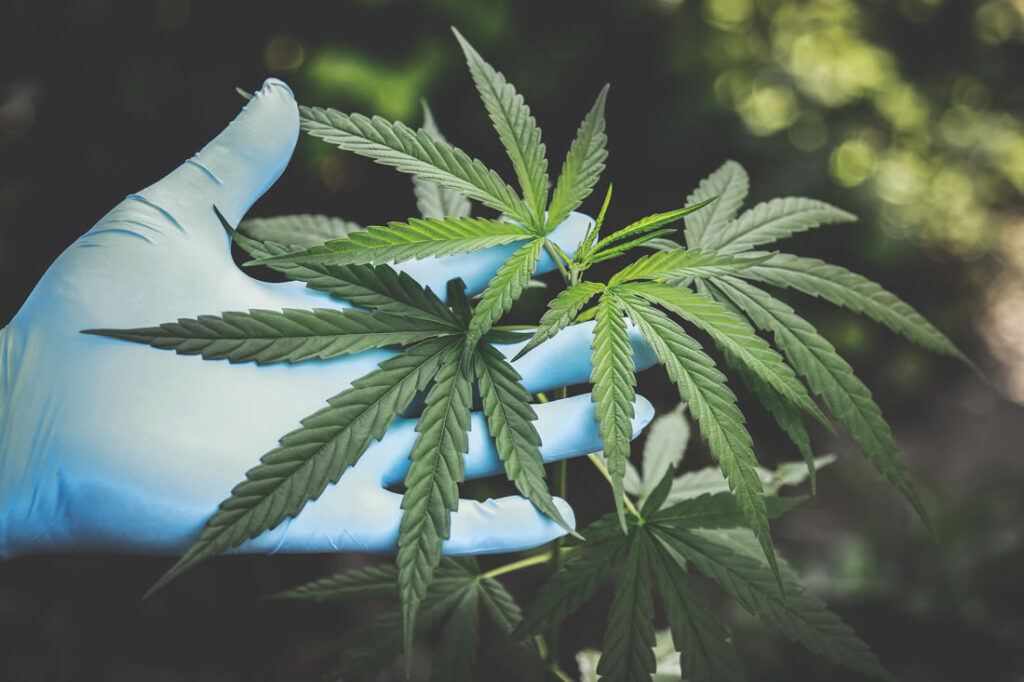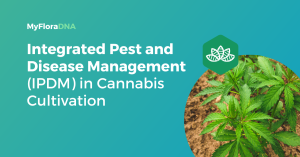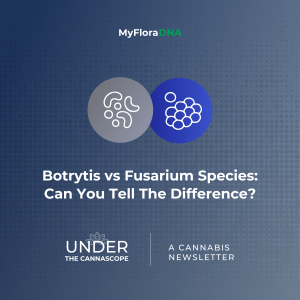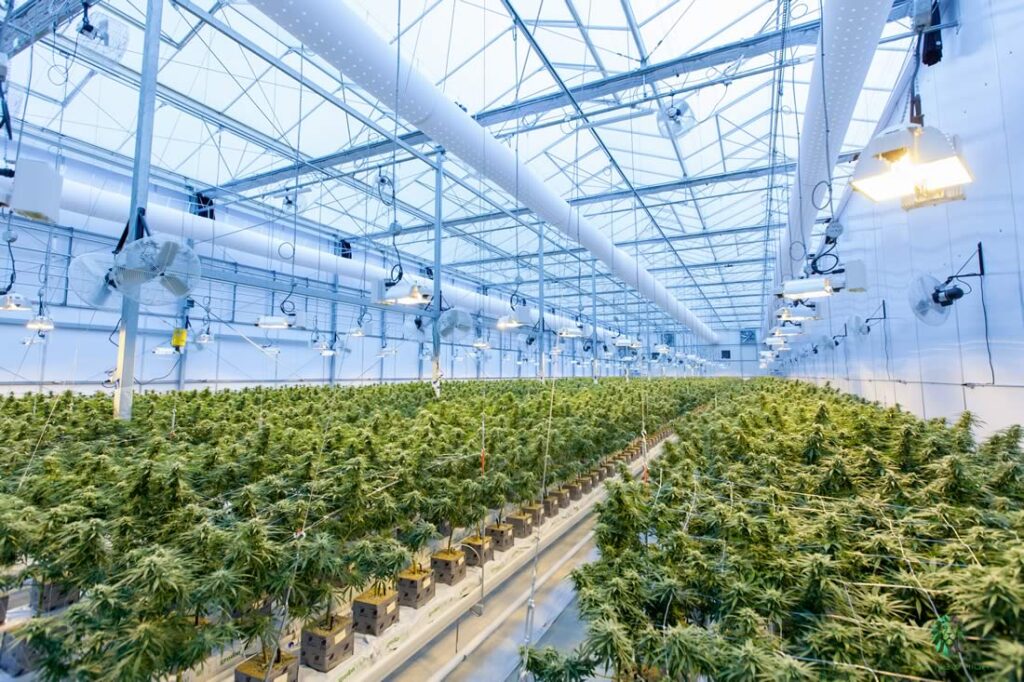
The Threat for Cannabis Crop Cultivation : HpLVd
You have taken all the proper steps, given the suitable fertilizers, had your plants on a perfect watering schedule, and yet, the plants are not showing the exact results you have seen in the past. Do not fret, however. It is not you; it is your plants. Cannabis and hops are two commercially essential crops susceptible to many of the same pathogens. Hop Latent Viroid is keeping cannabis growers awake at night. They worry that HLVd will not only cut into profits but decimate entire crops.
The Threat for Cannabis Crop Cultivation, The hop latent viroid (HLVd) is an infectious pathogen of cannabis plants. It first came to the cannabis industry’s notice in California in 2018. Now, the viroid has taken hold in the entire Cannabis growing community.
What is Hop Latent Viroid?
Hop latent viroid (HpLVd) is a single-stranded, circular infectious RNA that ultimately depends on the metabolism of the host plant. As the name suggests, HpLVd was first identified in the hop plant, but it can also infect cannabis, a relative of hops.
How does Hop Latent Viroid affect Cannabis Plants?
HpLVd can cause physical symptoms in Cannabis sativa such as:
- Stunted growth
- Brittle stems
- Malformation of leaves
- Yellowing leaves
- Necrotic leaves
- Loss of smell
- Poor development and scattered trichomes
- Stunted bud growth
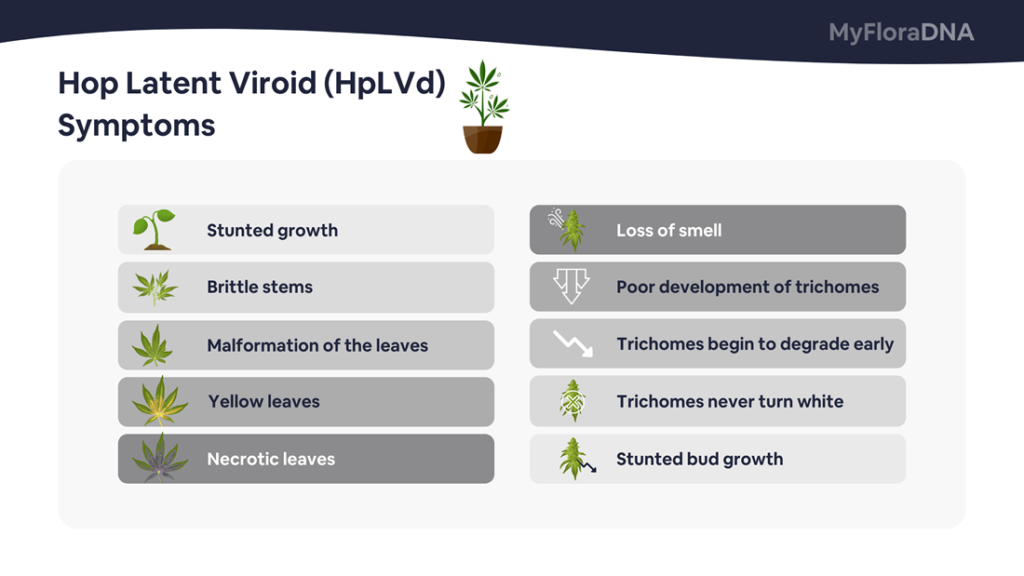
Research studies estimate that cannabis plants infected with HpLVd had half the cannabinoid content of healthy plants and overall yield was reduced by 30%.
How does Hop Latent Viroid spread?
The Threat for Cannabis Crop Cultivation
HpLVd can spread via pollination, but another leading cause can be through infected tools and equipment, so cultivators should always sterilize their equipment before starting work on a new plant. HpLVd can also spread through cloning when cuttings are taken from an infected mother. Furthermore, because symptoms of HpLVd are not always evident in the vegetative stage, it can be hard to identify visually infected mother plants. This is especially true when infection occurs later in the plant’s development. Stunted growth will not be as apparent, but the infection will slowly evolve until the viroid takes all the plant.
How can we stop it?
That’s the million-dollar question. Here is what has been done so far:
- Testing: Growers are investing in rapid testing that screens clones for HpLVd before mixing them with other plants.
- Propagation Techniques: Using tissue cultures to grow cannabis from a single cell that can potentially be stripped of HpLVd is promising.
- Sterilization: Bleach and hypochlorous acid also seem to work. For large grows, expensive water electrolysis machinery can be used to spray plants twice a week. Small operators can buy relatively inexpensive jugs of these disinfection mixes and literally spray, soak, agitate and brush plants individually to prevent spread.
HpLVd Detection
HpLVd is a threat to the cannabis industry and could cause severe issues down the line if it is not dealt with properly. The virus can remain latent or inactive within infected plants, making it nearly impossible to detect without molecular testing. Plants infected with HpLVd may have half the cannabinoid content of their healthy counterparts.
In order to detect HpLVd, a PCR test must be performed on a plant tissue sample after an RNA isolation procedure. The isolation offers increased sensitivity which can be significant, as the presence of the viroid may be minimal in the infected plant. If you require HpLVd testing, check out our MyFloraDNA HpLVd Analysis. We would love to help!
